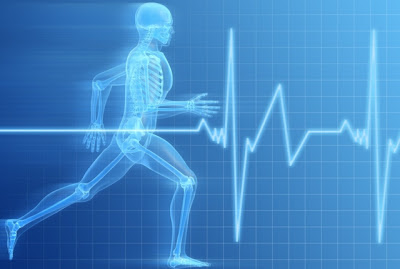World Neem Extract
Market - Opportunities and Forecasts, 2015 - 2022, the world neem extract
market is expected to generate a revenue of $2.04 billion by 2022, with a CAGR
of 17.4% from 2016 to 2022. In 2015, Asia-Pacific was the highest
revenue-generating region, accounting for 51.8% share of the overall neem
extract market revenue. In the same year, the agriculture segment occupied a prominent
share among the different application segments.
Increased R&D
and study in the field of neem has resulted in growing awareness about the
efficacy of different parts of a neem tree, thus making it an important
ingredient in several organic food and cosmetics products. Based on
application, the world neem extract market is categorized into agriculture,
personal care, pharmaceutical, and animal feed. In 2015, the personal care
segment contributed approximately 1/7th of the overall neem extract market
revenue and is estimated to grow at a CAGR of 19.6% during the forecast period.
The growth is primarily attributed to increased awareness among consumers about
the adverse effects of chemical-based personal care products, leading them to
shift towards organic products. Pharmaceutical segment, which accounted for
around 8.9% market share in 2015, is expected to witness a double-digit growth
over the analysis period, owing to growing inclination of consumers toward
Ayurveda and natural treatment of diseases without any side effects.
By geography, APAC
is the major contributor in the neem extract market. It is expected to be the
highest revenue-generating region during the forecast period. Widespread
awareness about the benefits of neem have resulted in huge demand of neem in
the European and North American markets. North America is one of the largest
importers of neem extract. However, Europe is likely to grow at a rapid rate
with a CAGR of 20.3%. The regions are further bifurcated into major countries,
such as the U.S., Canada, and Mexico in North America; U.K., Germany, France
and Rest of Europe in Europe; India, China, Japan and Rest of Asia-Pacific in
APAC; and the Middle East, Africa, and Latin America in LAMEA. The demand for
organic food, personal care products and growing concerns about
environmental-friendly agriculture products are expected to foster the growth
of neem-based products, globally.
Key findings of the study:
- The world neem extract market is expected to exhibit significant growth during the forecast period owing to the growing awareness about the side effects of chemical-based personal care products, concerns regarding environmental degradation, and adoption of natural and herbal products to cure health diseases.
- In 2015, the agriculture segment accounted for 67.9% share of the overall neem extract market revenue.
- APAC is the highest revenue-generating segment and is likely to continue this trend throughout the forecast period.
- The personal care segment is expected to grow with a rapid CAGR of 19.6%
- Europe would be one of the most lucrative markets in terms of growth, registering a CAGR of 20.3% during 2016 - 2022.
Market players have
increased their product offerings to cater to the need of consumers. Neem
extracts are exported to different regions as the demand for natural and
environmental-friendly products is rising. In 2014, AG Global, a U.S.-based
organic fertilizer manufacturing company, signed an agreement with EID Parry
India Ltd. to add neem products to its product line. This partnership enabled
Parry to access AG Globals distribution channels across North America. The key
companies profiled include E.I.D Parry India Ltd., Neeming Australia Pvt. Ltd.,
Bros India Group, Agro Extracts Limited, Parker India Group, Fortune Biotech
Ltd., The Indian Neem Tree Company, Ozone Biotech, PJ Margo Pvt. Ltd., and
Gramin India Agri BusiNest.
For more information Visit at: http://mrr.cm/JPk
Find all Pharmacy Reports at: http://www.marketresearchreports.com/pharmacy

